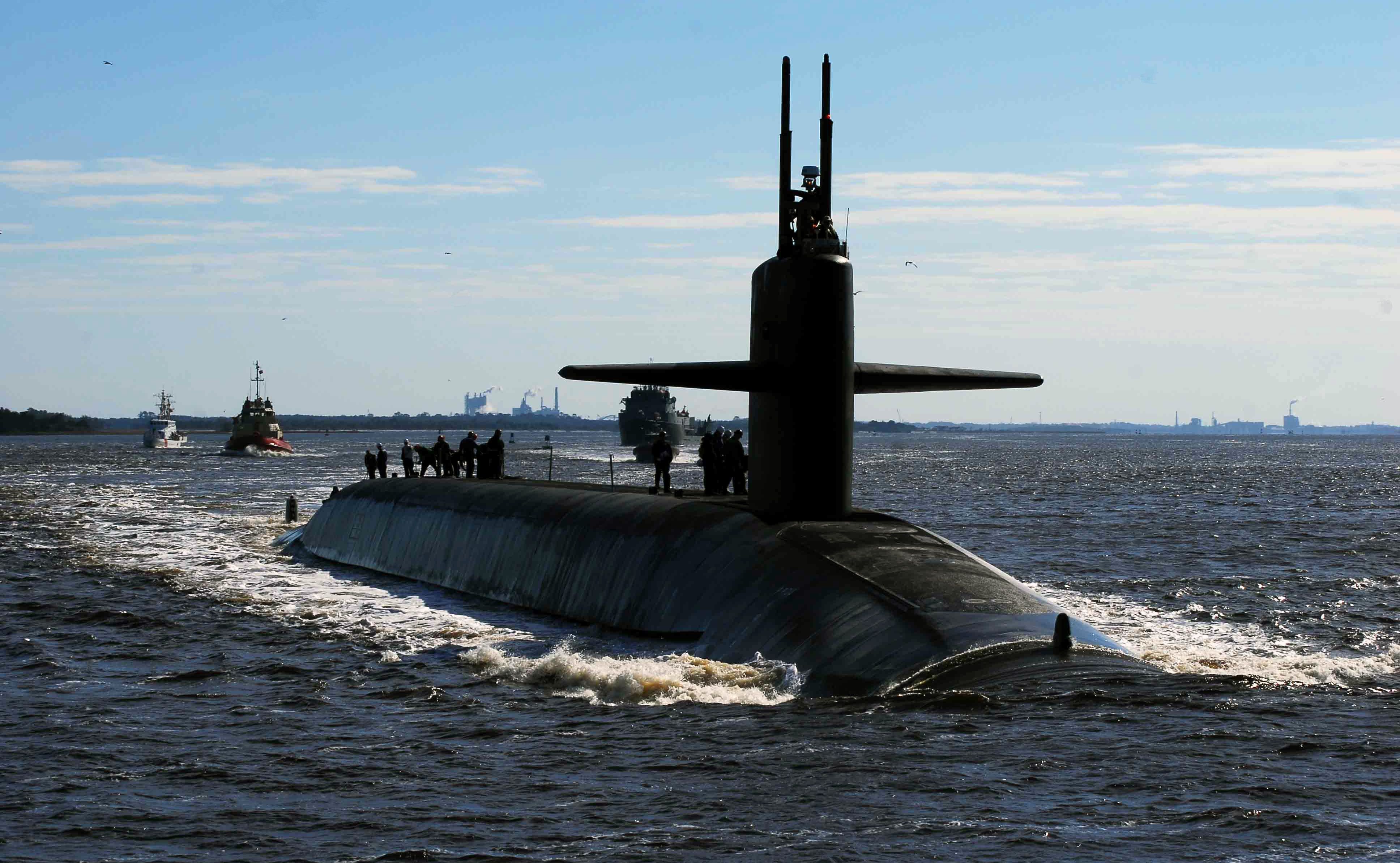These have been tough years for advocates of arms control and nuclear disarmament. The world’s two leading nuclear powers — the United States and Russia — have only one treaty left that puts limits on their nuclear weapons stockpiles and deployments, the New START Treaty. That treaty limits deployments of nuclear weapons to 1,550 on each side, and includes verification procedures to hold them to their commitments.
But in the context of the 2022 Russian invasion of Ukraine, the idea of extending New START when it expires in 2026 has been all but abandoned, leaving the prospect of a brave new world in which the United States and Russia can develop their nuclear weapons programs unconstrained by any enforceable rules.
All of this comes in the context of an enormously costly Pentagon plan — currently pegged at $1.7 trillion over the next three decades — to build a new generation of nuclear-armed bombers, missiles and submarines, complete with new warheads to go with them.
Amazingly, nuclear hawks in Congress are pushing to expand this huge buildup to include things like more tactical nuclear weapons, long-range missiles armed with multiple warheads, and even, possibly, a return to above-ground nuclear testing. A new report from the Stimson Center — coauthored by Geoffrey Wilson, Christopher Preble, and Lucas Ruiz – points out just how dangerous and destabilizing these new proposals would be. They opt instead for a nuclear policy based on deterrence, narrowly defined:
“[A] strategy designed to avoid or discourage open conflict through the outward projection of capability, preparedness, and resoluteness. Properly conceived, an effective deterrent raises the potential costs of a war to such a point that no rational actor would choose to initiate one.”
Key elements of the Pentagon’s nuclear buildup are not compatible with this concept of deterrence, including the new ICBM, officially known as the Sentinel. Not only are the costs of the Sentinel spiraling out of control, with an estimated 81% cost growth for the program after just a few years of the full development phase. But as the new Stimson report notes, ICBMs are “relatively less important for deterrence than other delivery vehicles” — most notably relatively invulnerable submarines armed with long-range nuclear missiles.
The key lesson to be drawn from the Stimson analysis is that building more nuclear weapons makes us all less safe by provoking a new nuclear arms race with Russia and China. Likewise, spending more in service of a misguided definition of deterrence or in pursuit of military dominance is not only a waste of money, but it will also make us less safe by funding weapons more suited to being used versus serving as a component of a nuclear force designed to dissuade other nations from invading the United States.
One issue referenced in the Stimson report is the fact that the current nuclear force — the triad of nuclear weapons deployed on bombers, land-based missiles, and nuclear-armed submarines — is the result of interservice fight for a piece of the nuclear budget pie, not a result of careful consideration of what would make a nuclear attack on the U.S. less likely. Similarly, today, economic concerns — including push back by lawmakers from states with ICBM bases or major work on the new system — have prevented serious consideration of the cancellation of the new ICBM.
The Stimson report makes three key recommendations. First, the U.S. should adopt a sole purpose deterrence strategy based primarily on submarine-based nuclear-armed missiles. Second, the U.S. should avoid the development and deployment of more tactical, short-range nuclear systems that could make nuclear use more likely. And, third, the U.S. should refrain from resuming above-ground testing.
These are all common-sense proposals, and they can be implemented unilaterally by the U.S. without reference to the positions of other nations. If implemented, they might even open the way to serious discussions with Russia on nuclear arms reductions and better crisis communication. Fruitful negotiations with China will be harder, given that its arsenal is far smaller than those of the U.S. or Russia.
The greatest contribution of the Stimson report is that it provides a reasonable, well-documented alternative to the positions taken by advocates of a costly, dangerous U.S. nuclear buildup. Hopefully its arguments will be taken seriously by executive branch policymakers and key members of Congress.
Even in an environment of extreme partisanship and political division, individuals and elected leaders across the political spectrum should be interested in an approach to nuclear policy that makes nuclear war less likely and saves untold billions of dollars.
















